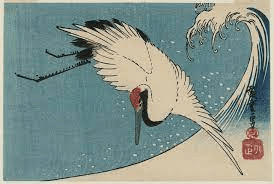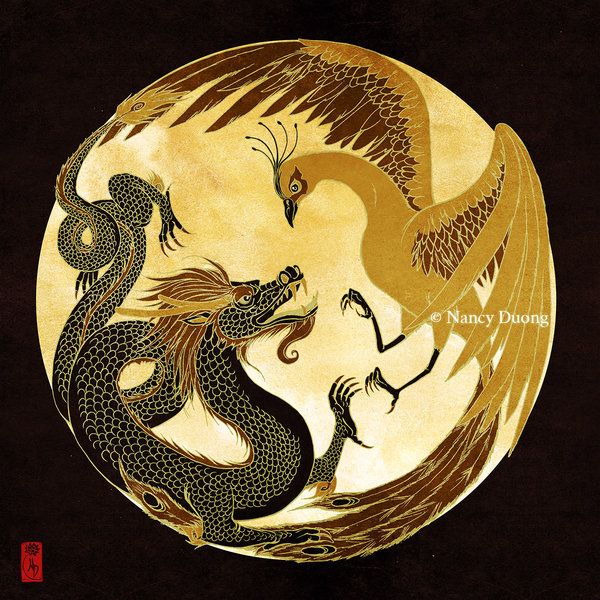Exploring Japanese Myths and their connection to Shiatsu
Japan is a country rich in cultural traditions and myths, many of which have influenced the development of shiatsu as a holistic healing modality. These stories and legends are not only fascinating tales of adventure and heroism, but also contain profound insights into the nature of human existence and the interconnectedness of all things. In this article, we will explore some of the most well-known Japanese myths and how they relate to the principles of shiatsu, including balance, harmony, and interconnectedness.
The Japanese Myths of Amaterasu and Susanoo
One of the most famous myths in Japanese culture is the story of Amaterasu and Susanoo. Amaterasu, the sun goddess, was the most powerful of the Shinto deities and ruled over the sky and the heavens. Her brother, Susanoo, was a wild and unpredictable god who often caused trouble and chaos wherever he went. One day, Susanoo became jealous of his sister’s power and began to wreak havoc in her kingdom, destroying crops, uprooting trees, and causing floods and earthquakes.
Furious at her brother’s behavior, Amaterasu retreated into a cave, plunging the world into darkness and chaos. The other gods pleaded with her to come out, but she refused, convinced that the world was better off without her light and warmth. In desperation, the other gods turned to a clever trickster named Ame-no-Uzume, who devised a plan to lure Amaterasu out of the cave.
Ame-no-Uzume set up a large mirror outside the cave and began to dance and sing in front of it, attracting the attention of the other gods. Curious, Amaterasu peeked out of the cave to see what was going on, and was dazzled by her own reflection in the mirror. As she emerged from the cave, the other gods grabbed her and pulled her into the light, restoring balance and harmony to the world.
The story of Amaterasu and Susanoo is a powerful metaphor for the importance of balance and harmony in our lives. Like Amaterasu, we all have moments when we feel overwhelmed and disconnected from the world around us. In these moments, it can be easy to retreat into ourselves and isolate ourselves from others. However, the story of Amaterasu reminds us that we are all interconnected and that our actions have a profound impact on the world around us.
The Japanese Myths of the Crane Wife
Another well-known myth in Japanese culture is the story of the Crane Wife. In this tale, a poor man named Tsuruoka comes across a wounded crane on his way home from work. He takes the crane home and nurses it back to health, and the next day, a beautiful woman appears at his doorstep, claiming to be the crane he saved.
Tsuruoka and the crane woman fall in love and get married, and she weaves beautiful cloth from her own feathers to sell at the market, bringing prosperity and happiness to their home. However, Tsuruoka becomes curious about his wife’s origins and secretly watches her as she weaves the cloth. He sees her transform back into a crane and fly away, leaving behind a note that explains that she had come to repay his kindness and bring him happiness, but that he must never try to uncover her true identity.
The story of the Crane Wife is a poignant reminder of the interconnectedness of all things and the importance of respecting the natural world. Tsuruoka’s act of kindness towards the wounded crane is what sets the story in motion, and it is this act of kindness that ultimately brings him happiness and prosperity.

The Tree Arrows
Another famous Japanese story that exemplifies the shiatsu principles of balance and interconnectedness is the story of the Three Arrows. This story tells of a famous archer named Dan-no-Ura who had three sons. The eldest son was asked by his father to shoot an arrow, which he easily did. The second son was asked to break the arrow, which he also did with ease. But when the third son was asked to bend the arrow, he could not do it.
This story emphasizes the importance of balance and interconnectedness. Each arrow represents a separate element or aspect of life, and it is only when all three arrows are balanced and working together that true harmony can be achieved. This is a central principle in shiatsu, as practitioners seek to balance the flow of energy throughout the body to promote overall health and wellness.
The Dragon and the Pheonix
Another myth that is closely tied to shiatsu principles is the story of the Dragon and the Phoenix.
The legend of the Dragon and the Phoenix is a well-known story in Japanese culture. In this myth, the Dragon represents the element of water, and the Phoenix represents the element of fire.
According to the legend, the Dragon and the Phoenix were once mortal enemies, constantly battling each other for control of the land. However, one day they decided to call a truce and work together to bring balance and harmony to the world.
To symbolize their newfound alliance, the Dragon and the Phoenix decided to mate and create a new creature that embodied both elements: the dragon phoenix. This mythical creature had the body of a dragon, the head of a phoenix, and the ability to control both fire and water.
These two elements are often seen as opposites, but in the story, they are able to come together in a harmonious way. This represents the idea that seemingly opposing forces can work together to create balance and harmony.
In shiatsu, practitioners also seek to balance opposing forces within the body, such as hot and cold or yin and yang, in order to promote overall health and well-being. This is achieved through techniques such as pressure point massage and gentle stretching, which help to release tension and promote the free flow of energy throughout the body.
Summary
Overall, the stories and myths of Japan are deeply intertwined with the principles of shiatsu. From the idea of balance and harmony to the interconnectedness of all things, these stories offer a rich and nuanced understanding of the world and our place within it. For those interested in learning more about shiatsu, studying these stories can be a valuable way to deepen their understanding and appreciation of this ancient healing art.






